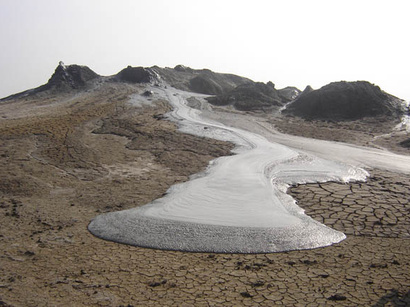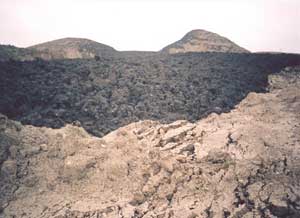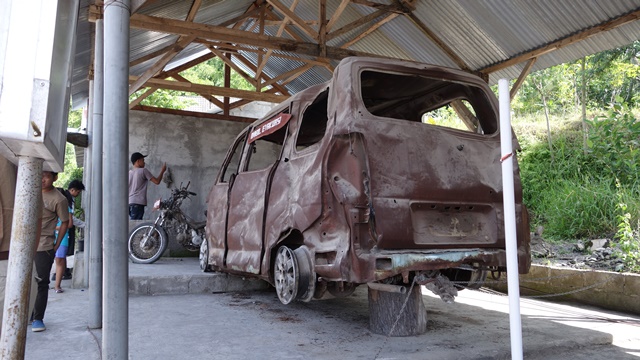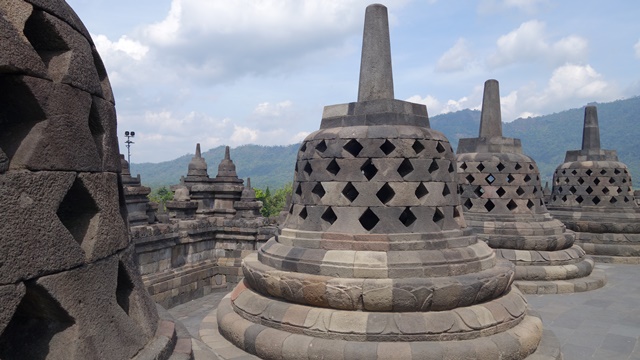22
Jul
2013
Nature Geoscience | Letter Lusi mud eruption triggered by geometric focusing of seismic waves M. Lupi,1 E. H. Saenger,2 F. Fuchs1 S. A. Miller1 Affiliations Contributions Corresponding authors Journal name: Nature Geoscience Year published: (2013) DOI: doi:10.1038/ngeo1884 Received: 29 November 2012 Accepted: 10 June 2013 Published online: 21 July 2013
20
Sep
2012
15
Mar
2011
Azerbaijan, Baku, March 14 A mud volcano erupted in the Gobustan region due to aftershocks, Geology Institute Mud Volcanoes Department Director Adil Aliyev told Trend.
15
Mar
2011
13 Mar 2011 22:56 ] Baku- APA. A mud volcano erupted in Gobustan region of Azerbaijan on March 13. Witnesses heard explosion before the eruption, mud breccia erupted and then fire blazed up in the territory of Shikhzayirli mud volcano, APA reports quoting the website of the Ministry of Emergency Situations.
17
Feb
2011
The health of students at two elementary schools and two kindergartens in Pejarakan and Besuki villages, which have yet to be relocated at the hot mudflow disaster in Sidoarjo, East Java, is at risk because of the methane gas they breathe.
22
Jul
2013
The Lusi mud eruption that began in Indonesia in 2006, and is ongoing, could have been triggered by amplified seismic waves from a large earthquake in the region two days previously, reports a study published this week in Nature Geoscience.
10
Aug
2010
3D subsurface imaging reveals inner workings of mud volcano
30
Sep
2010
Russian report says mud eruption was triggered by series of seismic events that reactivated centuries old mud volcano structure
17
Oct
2017
WASHINGTON D.C. — On May 29, 2006, mud started erupting from several sites on the Indonesian island of Java. Boiling mud, water, rocks and gas poured from newly-created vents in the ground, burying entire towns and compelling many Indonesians to flee. By September 2006, the largest eruption site reached a peak, and enough mud gushed on the surface to fill 72 Olympic-sized swimming pools daily.
17
Feb
2011
A 50-meter section of a retaining wall built to stem the flow of mud from the ongoing mud volcano disaster in Siring village, Porong district in Sidoarjo, East Java, started to sink on Thursday.









